Newsletter Signup - Under Article / In Page
"*" indicates required fields
When medicine and technology combine, great things can happen. Here are some of the most exciting inventions developed by top medical device companies in Europe.
Medicine has come a long way since the era of bloodletting and trepanation. As technology fills our world with computers and automation, many of these advancements are starting to be applied to medicine, turning many sci-fi concepts into reality.
Medical devices are at the intersection of biology and technology, bringing together natural and artificial elements to improve our health. Among the many medtech applications out there, I’ve focused on those most closely linked to the field of biotechnology, leaving out the more digital applications such as imaging, diagnostics based on artificial intelligence algorithms or cloud-based personalized medicine. Without further ado, here are ten of the most exciting technologies being developed by European medtech companies.
1. Bionic vision implants
It is no longer science fiction: bionic eye implants could soon help restore vision. By placing a light-sensitive implant under the retina, it is possible to detect and send the right signals to the brain in order to make the blind see.
The French company Pixium Vision has one of the most advanced devices that could turn this concept into a reality. Three patients have been already implanted with the device, reporting light perception where there was none before.
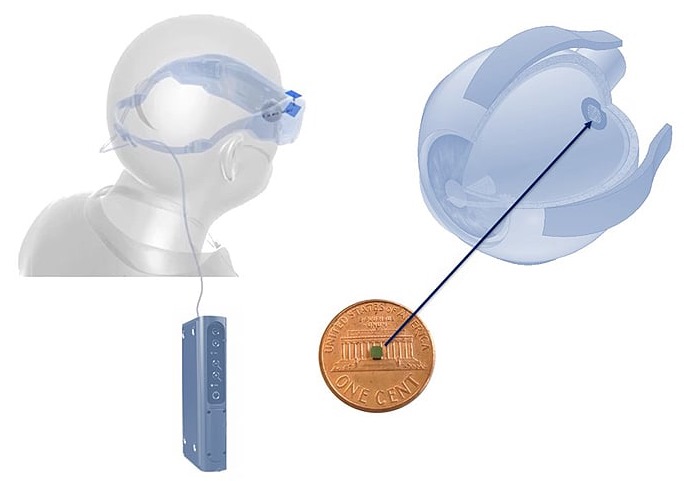
Pixium’s device uses a mini-camera fit into a pair of glasses that detects the light coming into the eyes. The light patterns are transformed into infrared waves and sent to a retinal microchip implant the size of a cent, which turns the signal into electrical impulses that activate the optic nerve.
Another French company working on vision devices is GenSight, which follows a similar approach to Pixium but with the main difference of using gene editing to insert a light-sensitive protein in the retina rather than an implant. The biotech company aims to apply this technique to patients that have lost sight due to a genetic disease called retinitis pigmentosa
2. Bioprinting
Using 3D-printing to create human tissue is already a reality: the cosmetic giant L’Oréal uses bioprinted skin models from Organovo to replace animal testing in its pipeline. BASF, the largest chemical producer, is collaborating with the French biotech bioprinting companies Poietis and CtiBiotech to improve its skin models for drug testing.
But while simple models of single layers of skin are already in use, many efforts are now being put into using bioprinting to regenerate human organs. In Spain, the company BioDan prints skin to treat burns, while in France 3D.FAB is working on projects that range from printing a living ear to creating a regenerative heart patch with stem cells.
These first efforts mostly focus on smaller scale sections of tissue, but the ultimate goal for many is the creation of whole organs. Although it will take a while until we are able to recreate large-size structures, we are definitely going in the right direction.
3. Artificial hearts
Heart failure is a deadly condition affecting over 40 million people around the world. The heart is unable to regenerate and there are not enough organ donors to meet the huge demand. A problem that could be solved by creating a new heart from scratch.
That is what the French company Carmat is doing. Its artificial heart is made of biocompatible materials and is able to adjust the pumping rate according to the needs of the patient by measuring their blood pressure. Although the first patient implanted with the device died after 75 days, leading to a halt in the trial, Carmat has resumed clinical trials across Denmark, the Czech Republic and Kazakhstan.
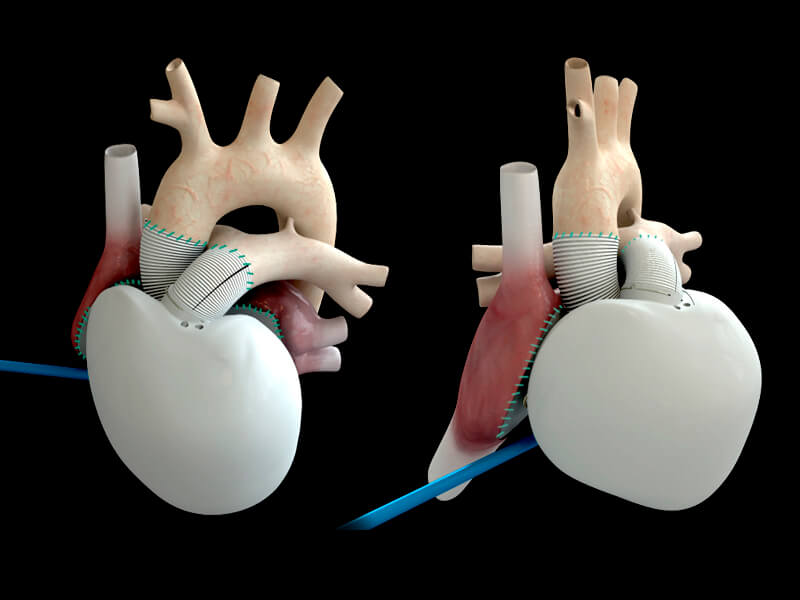
In Vienna, Kephalios is also working on a heart replacement, though in its case specific to the mitral valve — the one that separates the heart’s left ventricle and valve. The size and shape of the device can be adjusted over time using a balloon catheter to fit the needs of the patient and avoid multiple surgeries.
4. Bioinspired surgery sealants
Mother nature is wise, and surgeons are taking note to improve the outcome of a patient after visiting the operating room. Correctly sealing wounds after an operation is essential for recovery, and scientists are drawing on biology to improve the performance of surgical sealants.
In Paris, the company Gecko Biomedical received approval last year for a light-activated, biocompatible and biodegradable sealant inspired by the natural adhesive mechanisms used by geckos to walk on walls and ceilings.
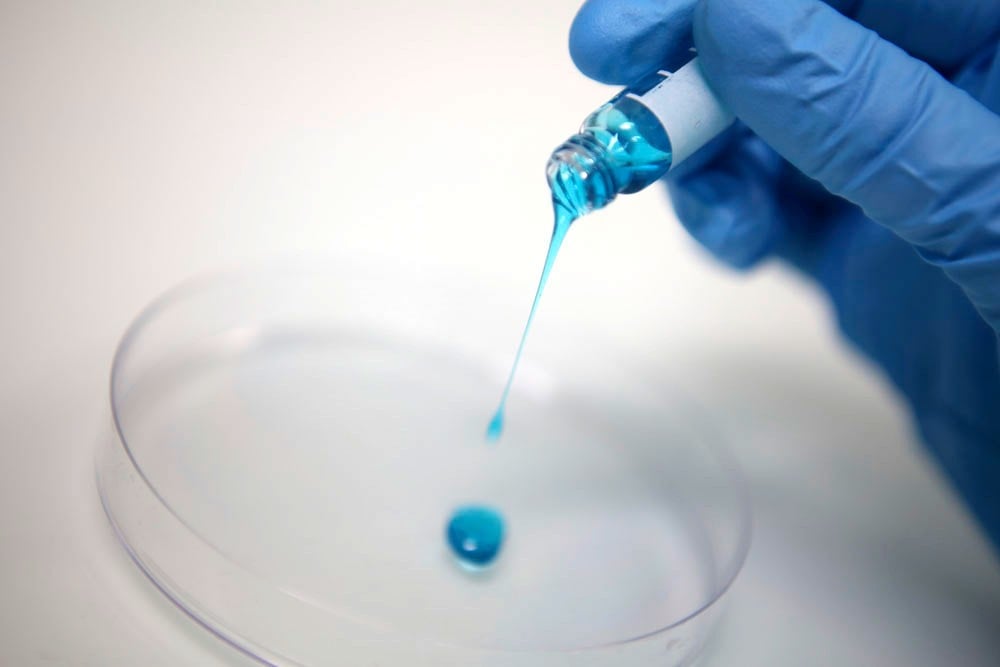
Other companies working in this field are Biom’up, developing a surgical powder that constricts blood vessels to stop bleeding faster, and Polyganics, working on a polymer patch that can resist the acidity of bile and pancreatic secretions.
5. Stroke sensors
Strokes are one of the biggest causes of death worldwide, and survivors can suffer severe brain damage, especially if it is not treated fast. However, this means doctors usually have to treat without knowing the exact nature of the blood clot causing the stroke.
The French company Sensome — previously Instent — is developing a non-invasive sensor that is introduced into the brain through the blood vessels and can report the type of clot, helping doctors choose the best procedure for each patient.
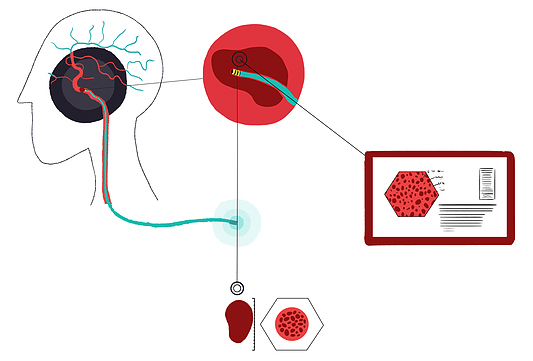
Sensome raised €4.7M last July to prepare for the first-in-human trial of the device, which the company believes has potential to be further expanded to other vascular conditions, such as heart attacks, helping reduce the mortality and disability caused by these diseases.
6. Wireless diabetes care
People with diabetes need constant monitoring of their blood sugar levels. A French company called Cellnovo is working on a wireless diabetes management system that monitors blood sugar levels and lets the patient control their insulin pump through a mobile touchscreen. A clinical study has shown that this system was able to reduce hypoglycemic events — when blood sugar levels drop dangerously low — by 29% in adults and by 39% in adolescents.
On top of that Cellnovo is currently working in collaboration with Imperial College and the Horizon2020 program to take its diabetes technology further and create an artificial pancreas: a device that can automatically control the amount of insulin needed at any moment without any human input. Sharing that same goal is the group of Roman Hovorka at Cambridge University, working on the development of an algorithm that can accurately predict insulin requirements.

In the field of diabetes, many other medical device companies are working on devices that can monitor blood glucose without needles. Companies like GlucoSense, NovioSense and GlucoWise are taking big strides towards that goal.
7. Stem cell gun
Though it’s called a gun, this device is designed to heal. The stem cell gun being developed by Renovacare is used to distribute a solution of stem cells over burns or wounds to accelerate the healing of the skin. The stem cells are derived from the patient’s own skin and placed evenly over the injured area, which seems to yield much better results than conventional skin grafts.
A patient in the US who had second-degree burns on 30% of his body was treated with the stem cell gun and was able to leave the hospital four days later — whereas skin grafting usually takes weeks and leaves lifelong scars. The company is now getting ready to start clinical trials.
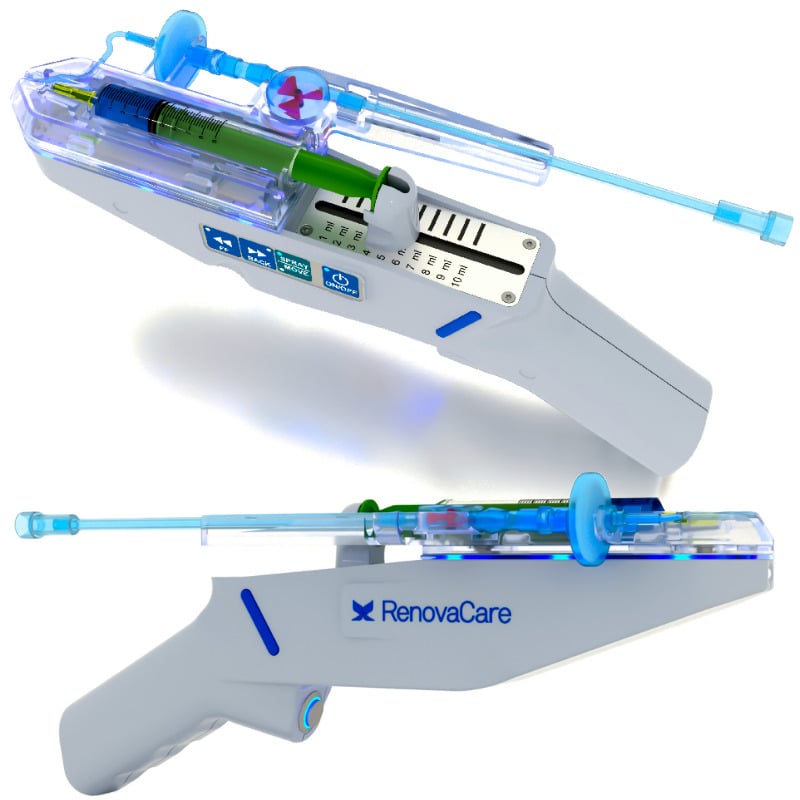
Similar to the stem cell gun are devices known as biopens that can be used by researchers and surgeons to 3D print using living cells directly on top of any surfaces — which has great possibilities to regenerate tissues such as bone and cartilage.
8. Implant for spinal cord regeneration
Spinal cord injuries can cause severe and permanent disability, especially since the human body is not able to naturally regenerate the damaged nerves. A Swedish company called BioArctic is seeking to change that with a biodegradable medical device to stimulate nerve regeneration.
The device protects nerve grafts derived from the own patient. Over time, as the nerves regenerate, the device degrades and releases FGF1, a growth factor that stimulates neural regeneration and healing. BioArctic is now running a Phase 1/2 trial in Sweden, Estonia, and Norway to test the effects of the device.
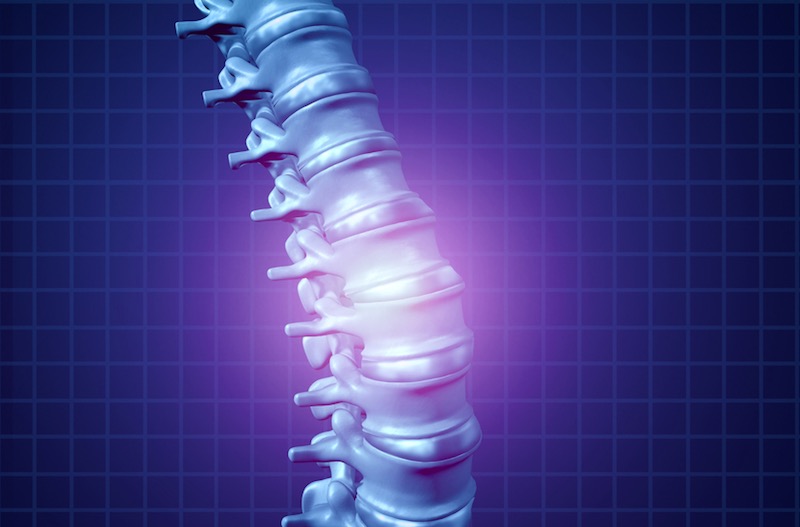
Biodegradable materials are becoming increasingly popular in regenerative medicine. Another company in the field, Oxford Biomaterials, uses silk-based materials to create grafts for nerves, cartilage and vascular tissue.
9. Anti-allergy patches
The French company DBV Technologies is developing a technology to deliver allergy immunotherapies through a skin patch. The patch releases allergens over time to make the immune system get used to them and desensitize the patients against the source of their allergy.
The most advanced application of the patch is for the treatment of peanut allergies in children between the ages of 4 and 11, for whom exposure to peanuts can be life-threatening. In a Phase 3 clinical trial, 35% of children responded to the treatment, and though the response was not much higher than for the placebo, DBV is now on the path to get approval for the patch.
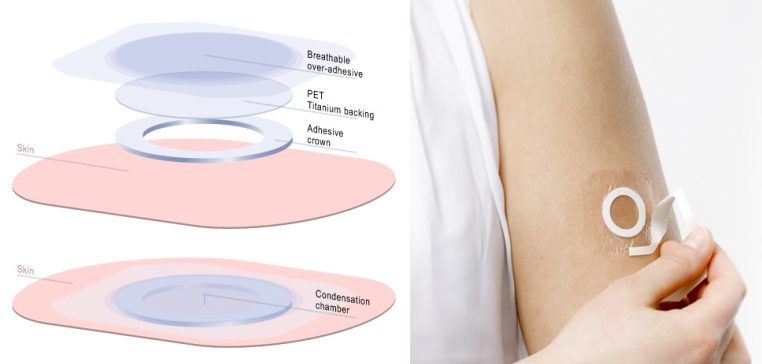
A second application of DBV’s patch is for treating milk allergy. Phase 2 trials are underway testing the patch’s ability to desensitize children against cow milk.
10. Brain-computer interface
We have all heard about virtual reality in the video game space, but the same technology could have huge implications in medicine. A Swiss company, GTX, is working on a brain implant with the potential to restore mobility in paralyzed individuals.
GTX uses an implant that records the brain’s signals and sends it to a computer that can decode the signals and interpret which specific muscles should be stimulated and how. This information is then sent to an implant in the paralyzed limb that sends the right stimulating signals to the muscles.
The implant is combined with a long-term rehabilitation program that has already proved to work in primates, and the company is now working on translating it to humans.
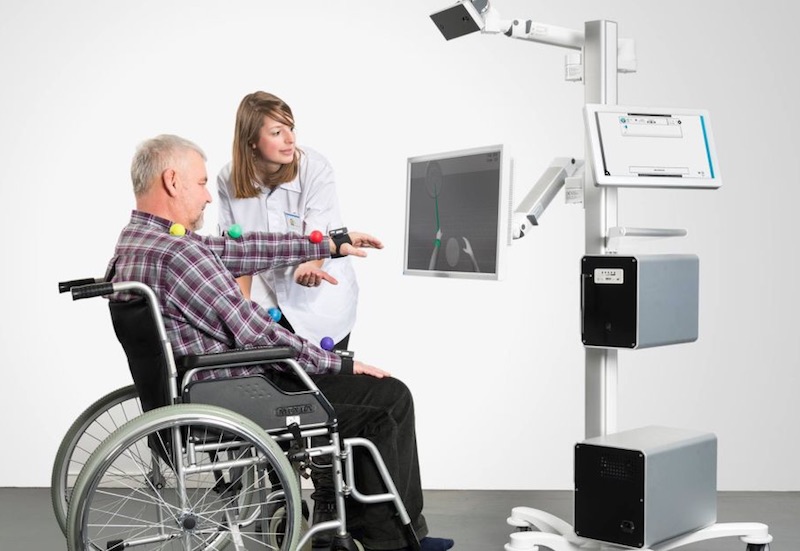
Another Swiss company, Mindmaze, uses virtual reality to improve the neurorehabilitation of patients with reduced mobility in the upper limbs following a stroke. The treatment involves a series of games and exercises that are completed through a device that uses 3D motion tracking to capture the patient’s movements. This lets patients start rehabilitation early, which is a key factor for how well the patient recovers.
Do you know of any other exciting medical device companies? Let us know in the comments below!






